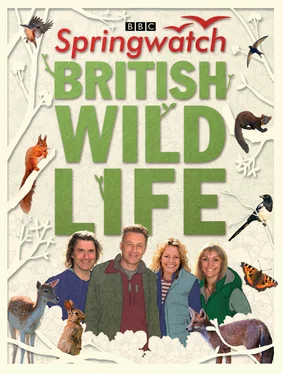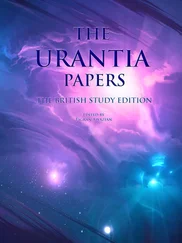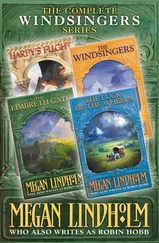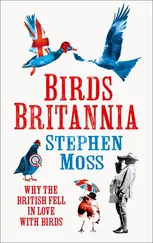©Marko König/Imagebroker/FLPA
The white-tailed eagle (also known as the sea eagle) is Britain’s largest bird of prey, with a wingspan of over 2m (6ft).
Birds
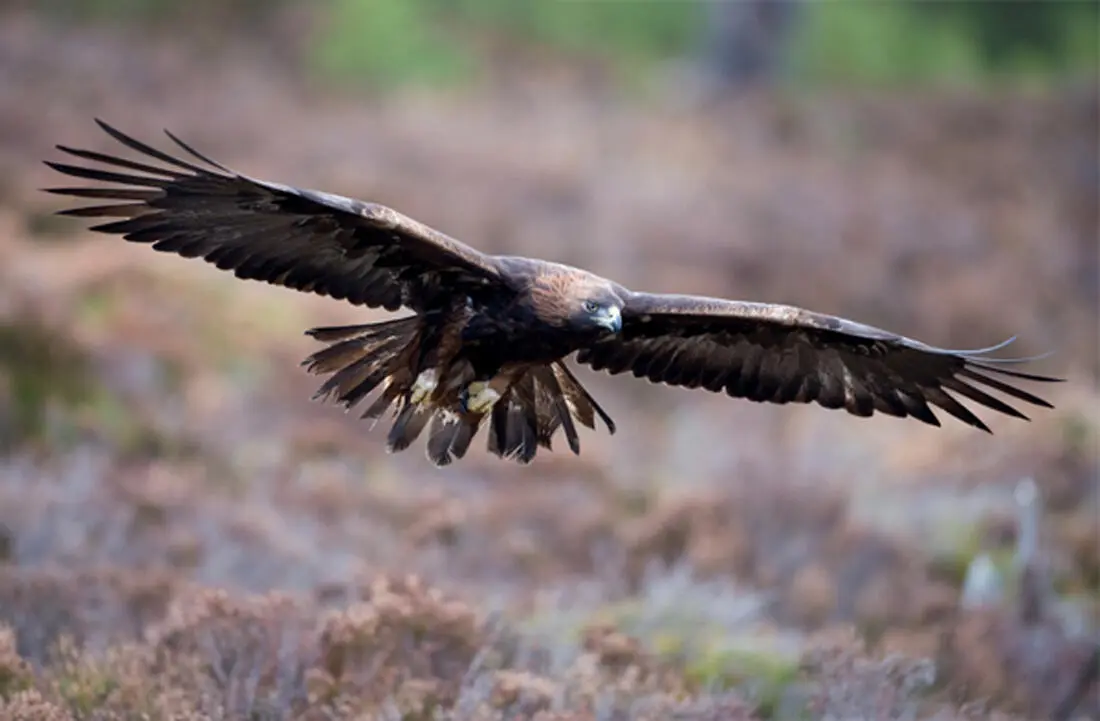
©Horst Jegen/Imagebroker/FLPA
Tits
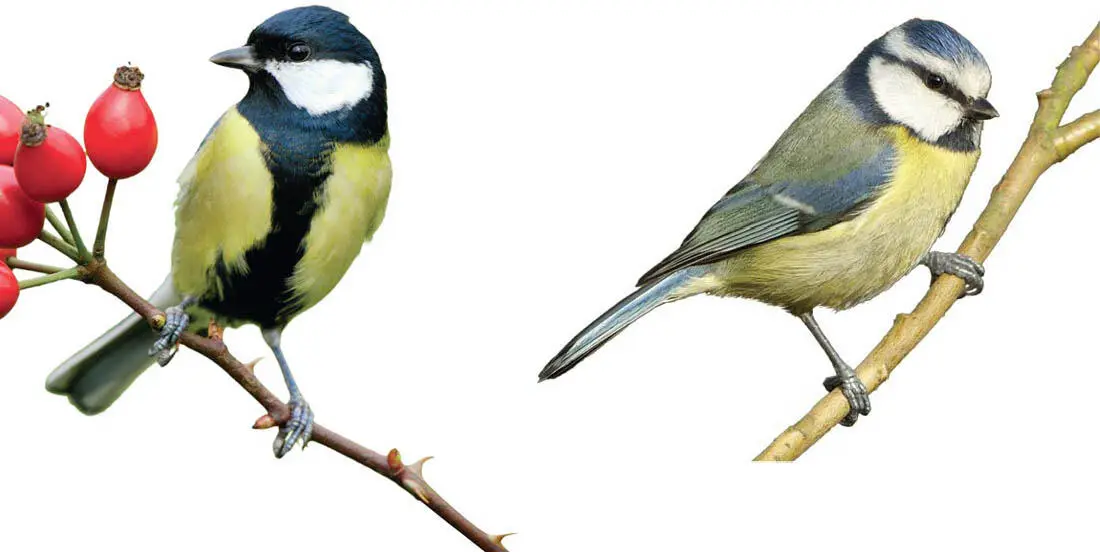
©Paul Hobson/FLPA
©Herbert Kehrer/Imagebroker/FLPAp
Blue tits and great tits are originally woodland birds, which have readily adapted to life in our gardens .
Of all the stars of Springwatch , perhaps none is quite so enduringly popular as the blue and great tits. Their antics, as they jostle for position on feeders, their cheeky behaviour and, above all, their life-or-death struggles as they bring up a brood of chicks under the glare of TV cameras, make them utterly compelling to millions of viewers.
There is one simple reason why these birds have become such stars: they choose to nest in bird boxes, which means that from the earliest days of live TV broadcasts – certainly as far back as the early 1990s and Bird in the Nest – it was possible to put cameras into their nests. Things have changed a lot since then, of course: instead of huge cameras, we now have a battery of tiny high-definition cameras that can view the nesting birds at all angles, without causing them a moment’s disturbance.
The reason tits take so readily to nest boxes is that these artificial homes are an ideal substitute for the natural holes and crevices in which these birds nest. For, like so many of our garden birds, tits are originally birds of the woodland or woodland edge. They have made their homes in our gardens primarily because we provide plenty of food for them – not just in the shape of seeds and peanuts but also through what we plant, which provides much-needed moth caterpillars for their hungry broods.
And broods don’t get much hungrier than a dozen baby blue tits, all crammed into their soft, cup-shaped nest of moss and feathers, inside a tiny wooden box. During the dozen or so days between the chicks hatching and when they finally fledge and leave the nest, a single brood may require as many as 12,000 caterpillars – that’s 1,000 caterpillars per day, or roughly one caterpillar every two minutes for each of the two parents. No wonder the adult birds look so tatty and exhausted by the end of the breeding season!
Blue and great tits are the two species we often feature on Springwatch , along with occasional appearances by a third garden species, the coal tit. These three are easy to tell apart: the great tit, as its name suggests, is larger than the other two, and has a smart black and yellow plumage with a green back, white cheeks and a thick black strip down its front. Blue tits are smaller, mainly blue and yellow, and also with white cheeks (though the youngsters have yellow cheeks). Coal tits are basically a monochrome version of the blue tit – similar in size, with, a black, brown and grey plumage and a distinctive white patch on the back of the neck, or nape.
Three other kinds of tit breed in Britain, two of which, the marsh and willow, are so similar that they weren’t separated as different species in Britain until the last year of the nineteenth century. Both are superficially similar to the coal tit, being mainly brown with a black cap, but they are both larger and less varied in plumage, and lack the coal tit’s white nape. Sadly, both marsh and willow tits have suffered major declines in recent years, perhaps due to a loss of suitable breeding habitat.
The final species, the crested tit, is found only in the ancient pine forests of Speyside in Scotland, and can easily be identified by its perky crest. Two other species with ‘tit’ in their name, the long-tailed tit and the bearded tit, are in fact unrelated to the tits, though long-tailed tits do often accompany flocks of tits in winter.
Unlike many other nesting birds featured on Springwatch , both blue and great tits usually have only one brood of chicks in a season. As they generally live for only a year or two as adults, this is a risky strategy: literally putting all their eggs in one basket. In years when spring comes very early, as in 2007 and 2011, this can mean that by the time the birds begin to nest, the moth caterpillars on which they so depend are already coming to the end of their lifecycle and beginning to pupate, which can mean very bad years for the birds. It remains to be seen whether these species are bringing their own breeding season significantly earlier to cope with this change. Evidence suggests that they probably are.
Once their chicks are safely out of the nest and have fledged, adult tits appear to vanish for a month or so; they are moulting into a bright new plumage and hide away to avoid predators. By autumn, they appear again, teaming up with those of the same and other species in mixed flocks, which rove woodlands or gardens, uttering the tiny, high-pitched contact calls that draw our attention to them. They travel in circuits in search of food; it has been calculated that if you see half a dozen blue tits coming to your feeder during the course of a winter’s day, you may in fact play host to as many as ten times that number. So make sure you keep your feeders clean and well stocked with food!

©FranzChristophRobi/Imagebroker/FLPA
©Konrad Wothe/Minden Pictures/FLPA
©Franz Christoph Robi/Imagebroker/FLPA
Tits such as coal, crested and willow use their sharp, pointed bills to feed on a range of insects and seeds .
Finches
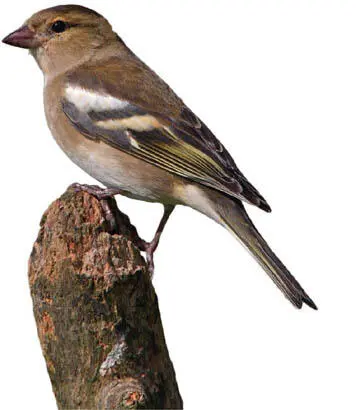
©Neil Bowman/FLPA
The chaffinch is our commonest finch, found in a wide range of wooded and garden habitats .
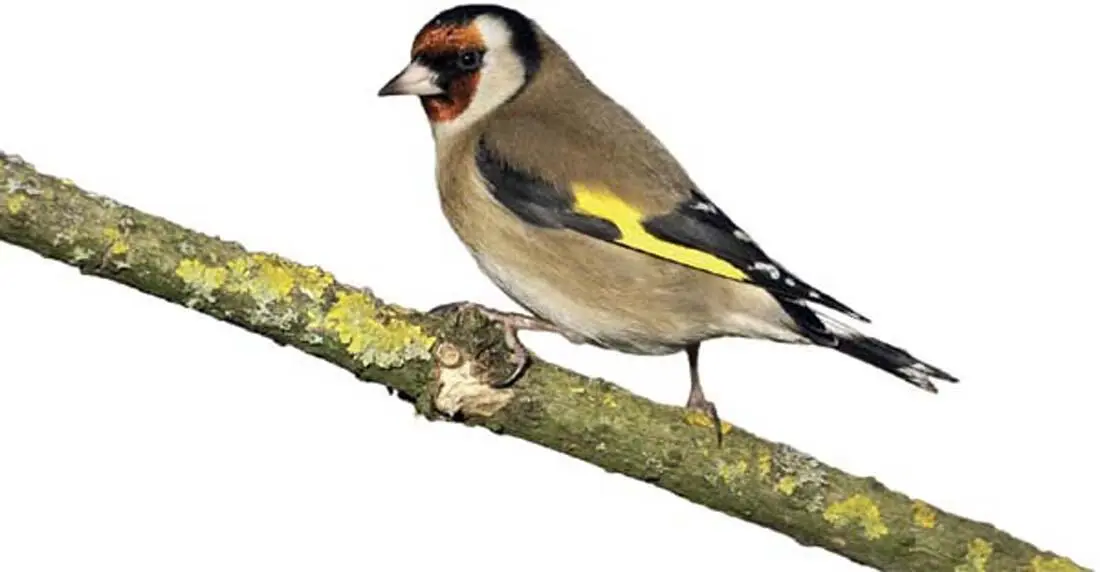
©Hugh Clark/FLPA
The goldfinch is currently on the increase, thanks partly to our habit of feeding birds in our gardens .
Of all our birds, there could hardly be a more colourful, attractive and better-known family than our finches. The dozen or so species of finch that regularly breed in Britain include some of our most familiar garden birds – the chaffinch, goldfinch and greenfinch – as well as some scarce and elusive ones such as the hawfinch and crossbill. Other species include the siskin and redpoll, which are growing in familiarity and now visit gardens more than they did in the past, and sadly declining species such as the bullfinch, linnet and twite.
Finches are seed-eaters, which means they have taken well to hanging feeders and bird tables containing either seeds or peanuts. Each species has subtly different food requirements, often leading to different-shaped bills. So, whereas the goldfinch has a slender, pointed bill, which it uses to extract the tiny seeds from thistles and teasels (and to take nyjer seed from garden feeders), the bullfinch has a much thicker, sturdier bill, which it uses to feed on buds. The hawfinch – the biggest British finch – sports a massive bill, which it uses to crack cherry stones, applying a pressure of more than two tons per square inch!
Читать дальше
